Last May, the United Nations Security Council met to discuss a problem tragically common in the 21st century: dead journalists. In the new millennium, 876 journalists have been killed—with almost 40 percent of those deaths occurring in the last five years. Meanwhile, global press freedom is at its lowest point since 2003, according to Freedom House, an independent watchdog organization.
Why is this happening? One reason is that there’s near total impunity for those who murder journalists. Both authoritarianism and terrorism are on the rise globally, which can leave journalists stuck between hostile actors. At the same time, the internet has democratized the ability to share information, which means nontraditional journalists increasingly produce news and shoulder more of the danger. Citizen journalism has made the world more transparent, but it has also made those who wish to control the flow of information itchy and aggressive.
In response to the crisis, the United Nations adopted Resolution 2222, demanding that journalists and other media workers be protected by the same international laws that apply to civilians, whose safety every nation is obligated to defend. The resolution is a clarion call: Everyone has the right to gather and share information, and the global community must protect those who perform this vital service.













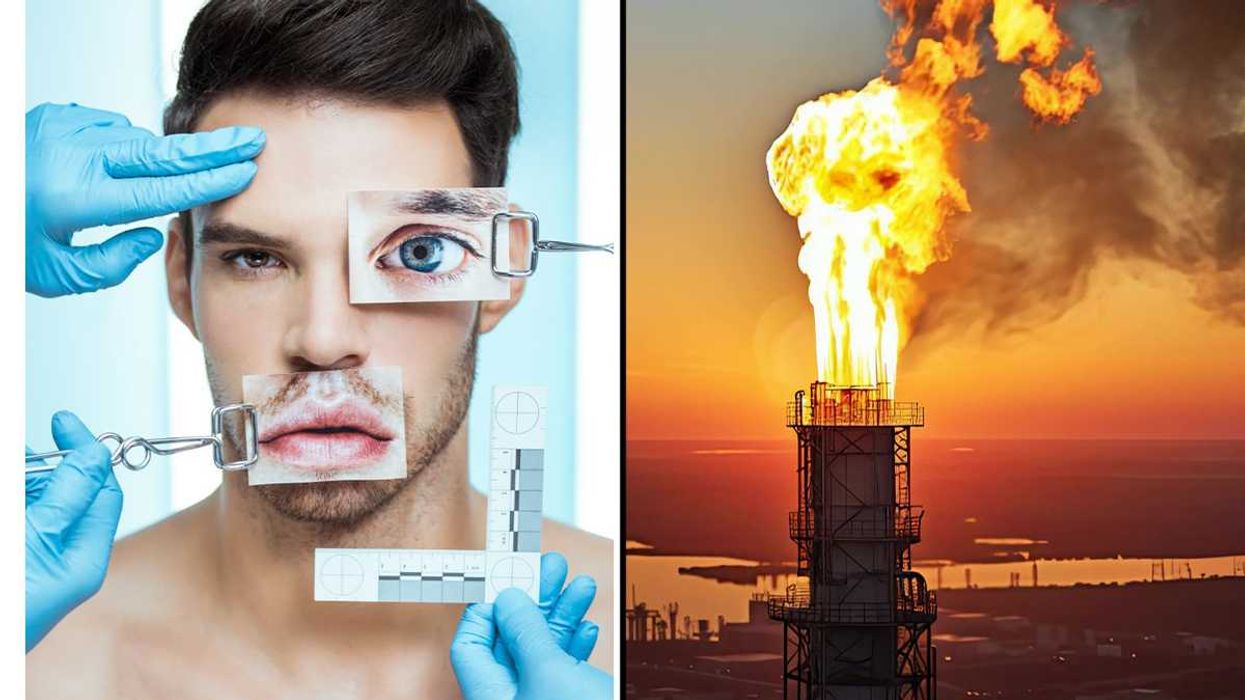
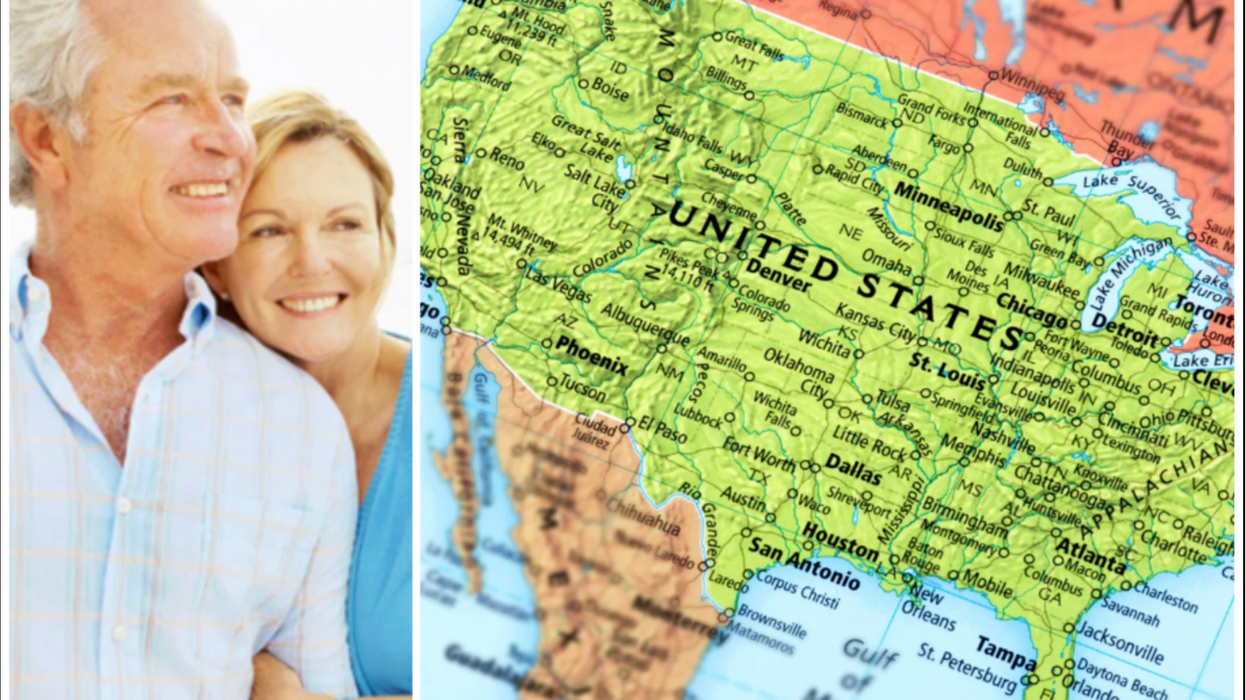

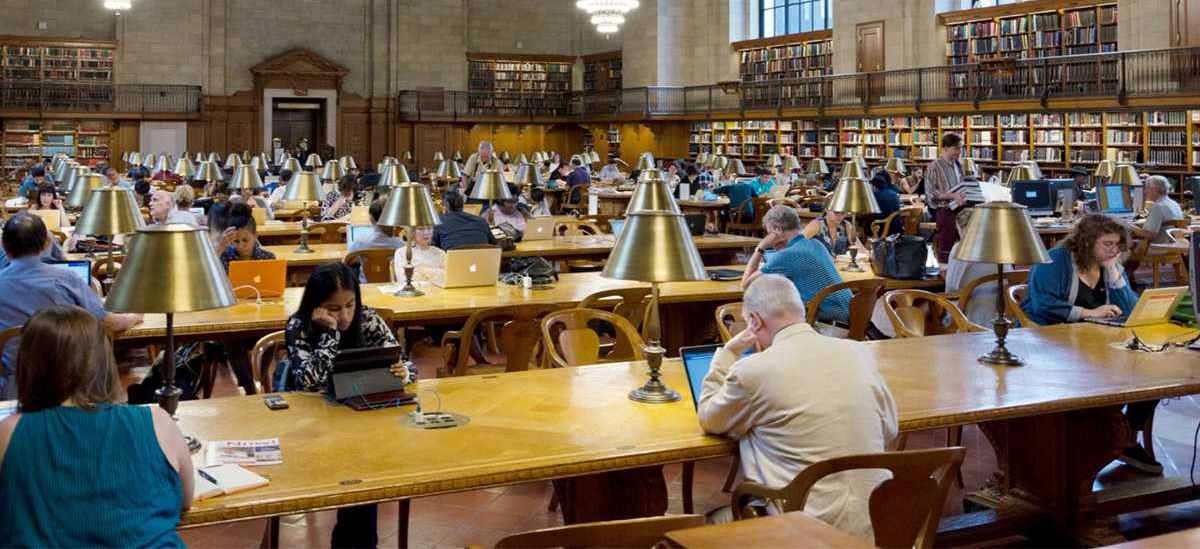 People at a public library.Image via
People at a public library.Image via 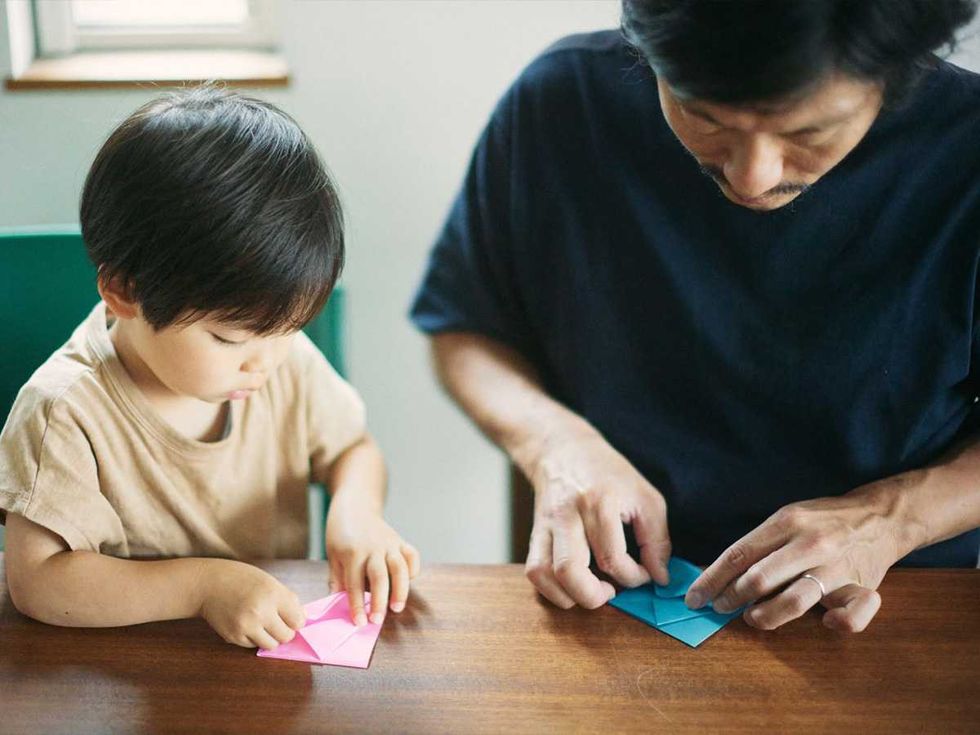 Father and child making origami together.Image via
Father and child making origami together.Image via  Woman takes a bath.Image via
Woman takes a bath.Image via 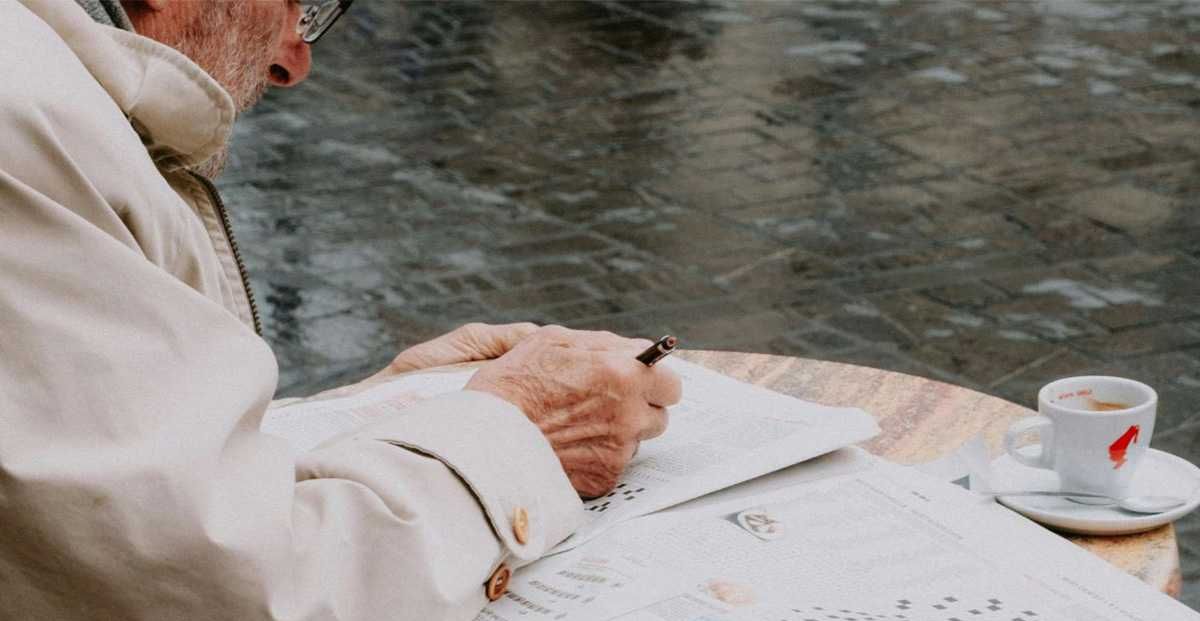 Older man solving newspaper crossword on a street table.Image via asdf - Photo by Mathias Reding
Older man solving newspaper crossword on a street table.Image via asdf - Photo by Mathias Reding Happy seniors ride bikes.Image via sdf - Photo by Syda Productions
Happy seniors ride bikes.Image via sdf - Photo by Syda Productions



 Men practice mindfulness overlooking the cliffs and ocean.Image via
Men practice mindfulness overlooking the cliffs and ocean.Image via  Man smiles at dusk.Image via sss - Photo by ridofranz
Man smiles at dusk.Image via sss - Photo by ridofranz
 People chat on a video callCanva
People chat on a video callCanva A parked school busCanva
A parked school busCanva

 A woman relaxes in the woodsCanva
A woman relaxes in the woodsCanva A neuroscientist studies brain scansCanva
A neuroscientist studies brain scansCanva Gif of someone saying "I'm okay. I can do it" via
Gif of someone saying "I'm okay. I can do it" via 